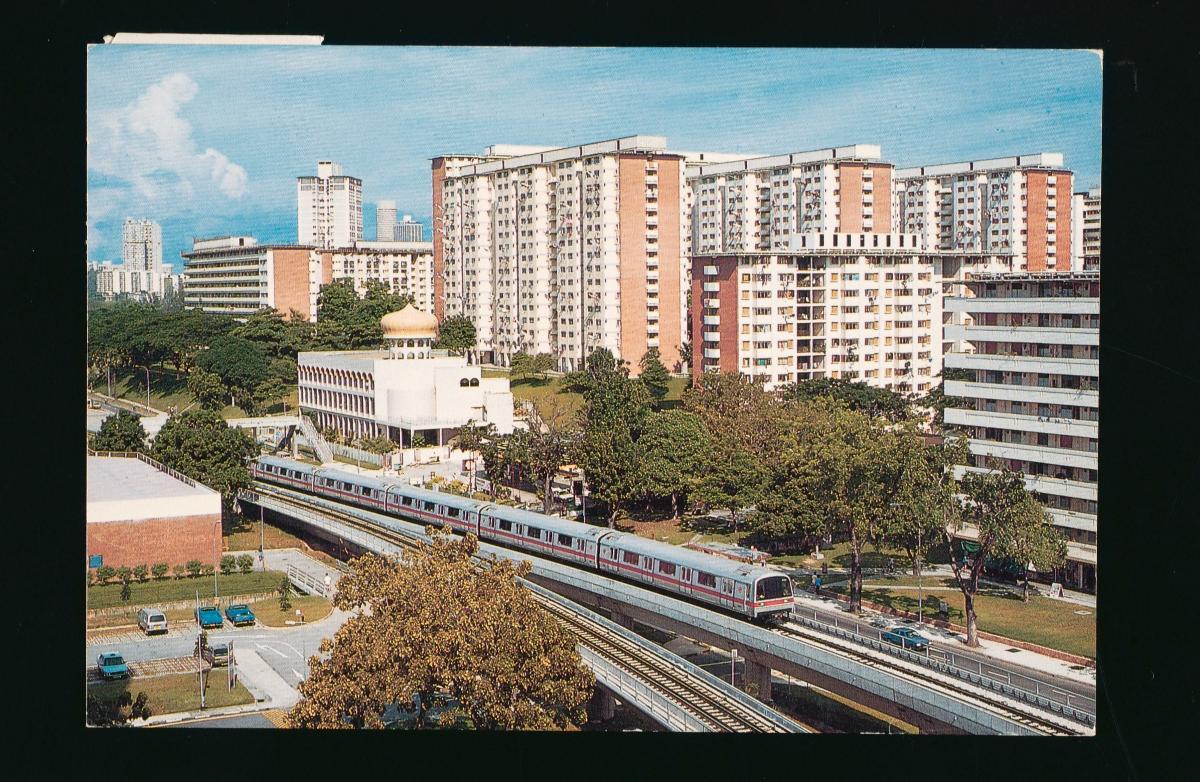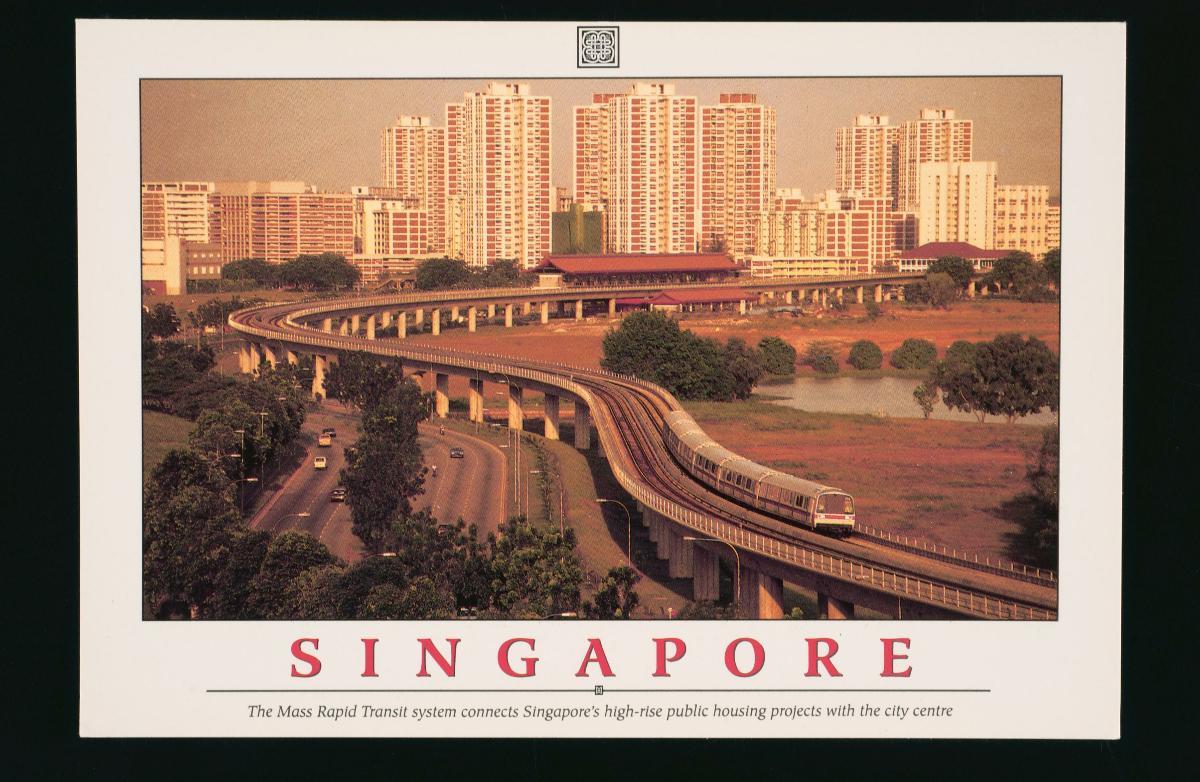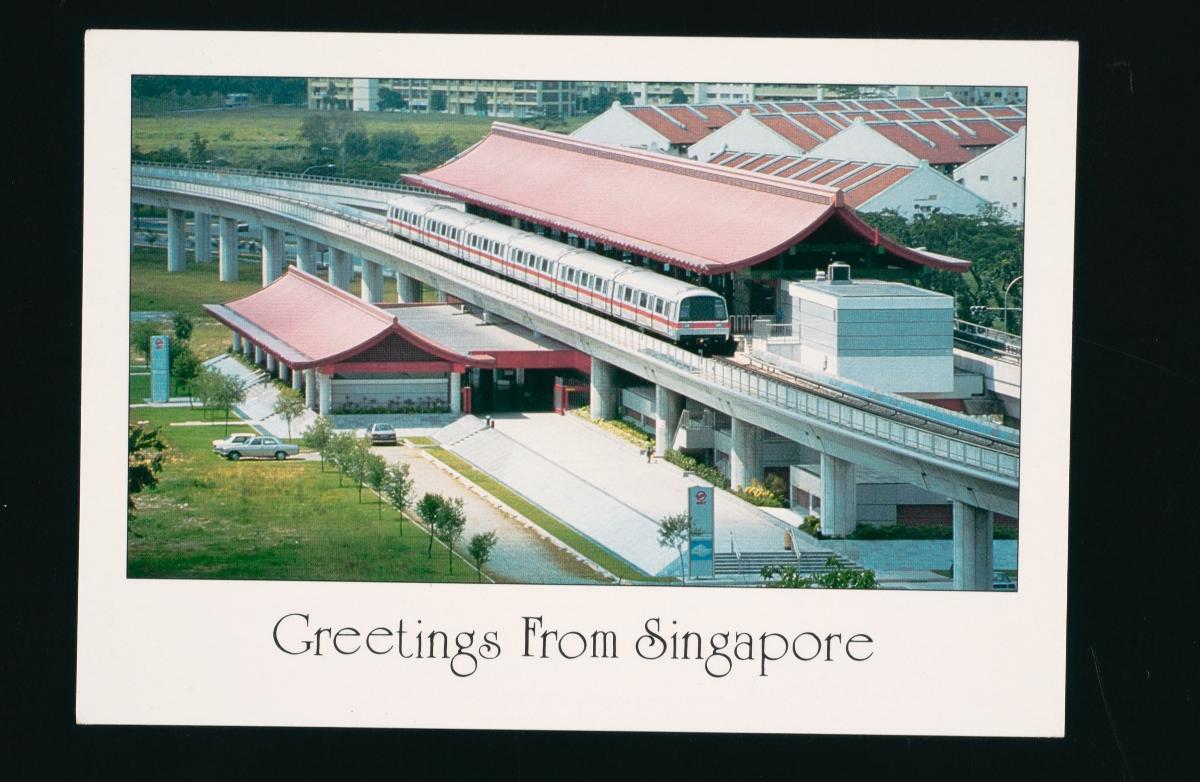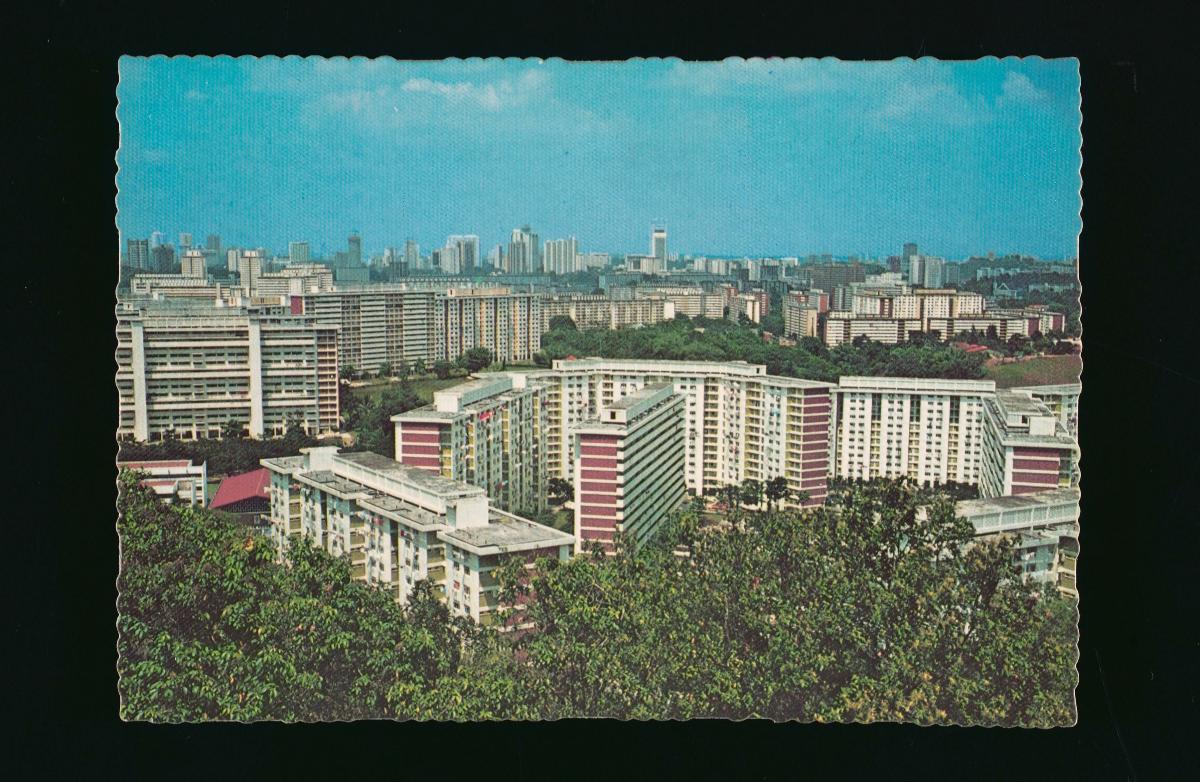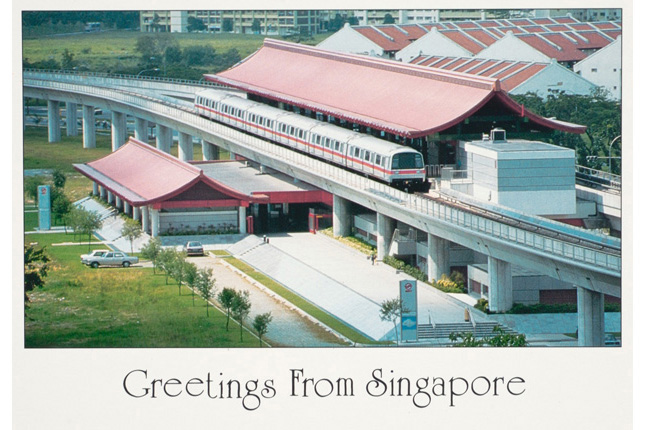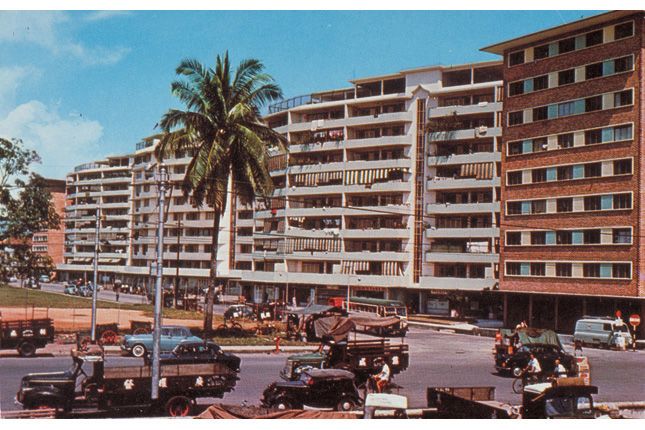This picture shows the Tiong Bahru housing estate (background) and a Mass Rapid Transit (MRT) train (centre foreground). Tiong Bahru was the site of a Chinese cemetery before it was developed into Singapore’s first mass public housing estate by the Singapore Improvement Trust (SIT). Construction of the estate began in March 1936 with the first block of flats completed by December that year. Many of the flats built in the estate were low-rise, walk-up apartments designed in the Art Deco style. By 1941, the estate had a total of 784 flats, 54 tenements, 33 shops and over 6,000 residents. In 1960, the Housing and Development Board (HDB), which was formed to replace the SIT, was tasked with building and managing low-cost public housing for the lower-income groups. As part of its housing plan, the HDB built some 900 low-cost flats in the Tiong Bahru estate. The estate is now known for the unique architecture of its early Art Deco apartments, its wet market and hawker centre.The decision to build an MRT train system was reached following a 1981 study by the government on the public transport network, which concluded that an all-bus system was not workable due to traffic congestion. The construction of the MRT transport system began in 1983 and the first trains began operations in 1987. By 1990, the North South and East West train lines were fully completed. The MRT network has expanded over the years to include the North East and Circle Lines, and is now a crucial part of Singapore’s public transport system.





